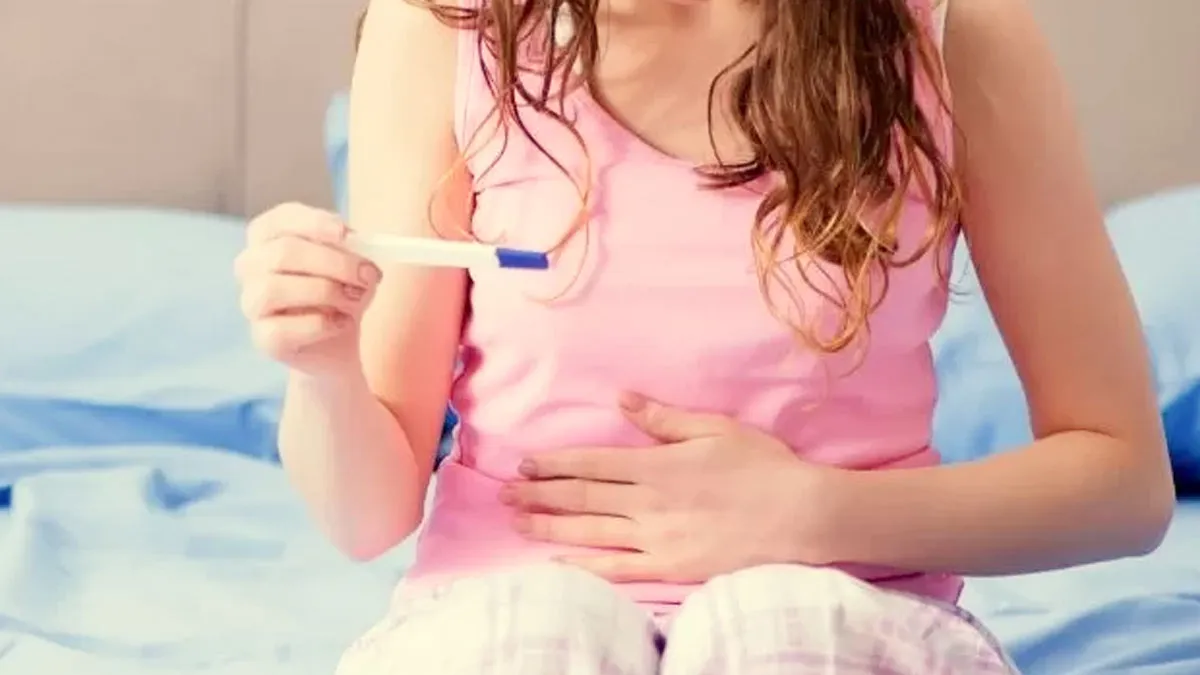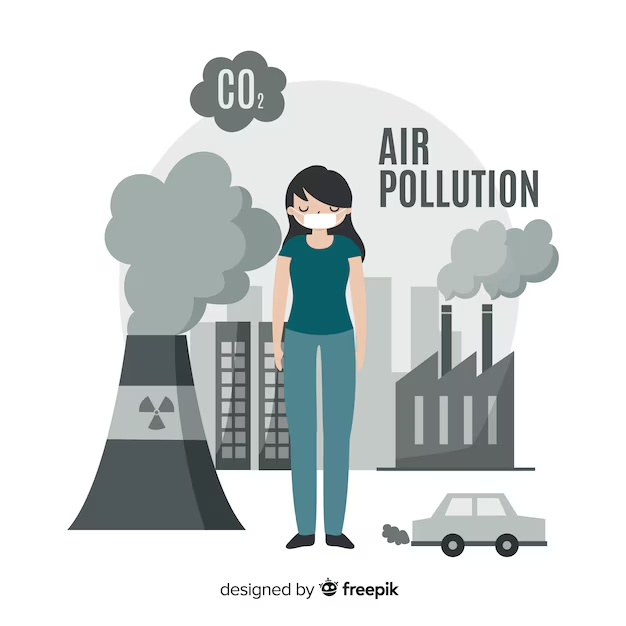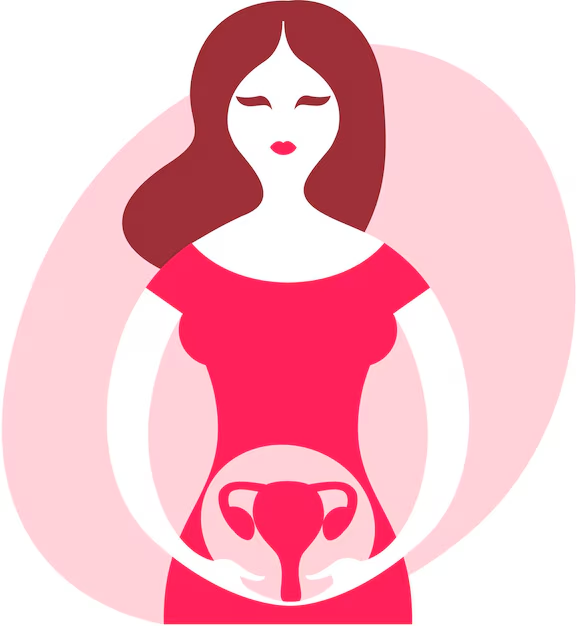
4 Environmental Toxins That Can Affect Female Fertility, According To Expert
The increasing rate of environmental toxins have become a growing concern for human health. While the harmful effects of toxins on various aspects of well-being are widely studied, one aspect that is of particular concern is ‘fertility.
Environmental toxins pose a serious threat to female fertility, as they interfere with hormonal balance and reproductive function. It is alarming that women are generally exposed to at least 43 chemicals during pregnancy, which raises serious concerns regarding reproductive health.
Environmental Toxins That Can Affect Female Fertility
We reached out to Dr Sheetal Jindal, MBBS, MD OBG, EPHM (IIM Kolkata) Senior consultant and medical director at Jindal Ivf, Chandigarh and she listed 4 environmental toxins that pose a major threat to female fertility:

Exposure To Hazardous Substances
Preconception exposure to hazardous substances such as lead, mercury, and cadmium has been found to significantly impair fertility outcomes. For example, studies done on infertile couples undergoing IVF treatments indicated that higher levels of cadmium were associated with lower rates of egg fertilization and embryo implantation. The primary cause of this problem is the EDCs present in daily pollutants. These toxins can mimic or block natural hormones, thus interfering with the body's intricate hormonal processes, including biosynthesis, signaling, and metabolism.
Organochlorine Compounds
Organochlorine compounds are well-known disruptors of reproductive function, especially in agricultural workers who have been exposed to high levels of these chemicals. It is not just women, though; EDCs have been shown to affect male fertility as well, illustrating how pervasive and insidious these toxins are.

Smoking
Another concerning environmental factor is smoking, which has a well-documented link to infertility. A comprehensive meta-analysis revealed that smokers faced delays in conception of 12 months or more, with even secondhand smoke contributing to significant delays, though to a lesser extent.
1
2
3
4
Teratogens
Even at workplaces, environmental risks persist. It is estimated that 75% of working women are of reproductive age, with 17% exposed to teratogens in their workplace. These harmful chemicals and toxins pose additional risks to fertility.
Don't Miss: Is Infertility Hereditary? Expert Guides Through, Lists Reasons Causing The Condition
Such environmental risks emphasise the importance of addressing and mitigating exposure to harmful chemicals to safeguard female fertility.
Keep reading Herzindagi for more such stories.
Credits: Freepik
Also watch this video
Herzindagi video
1
2
3
4